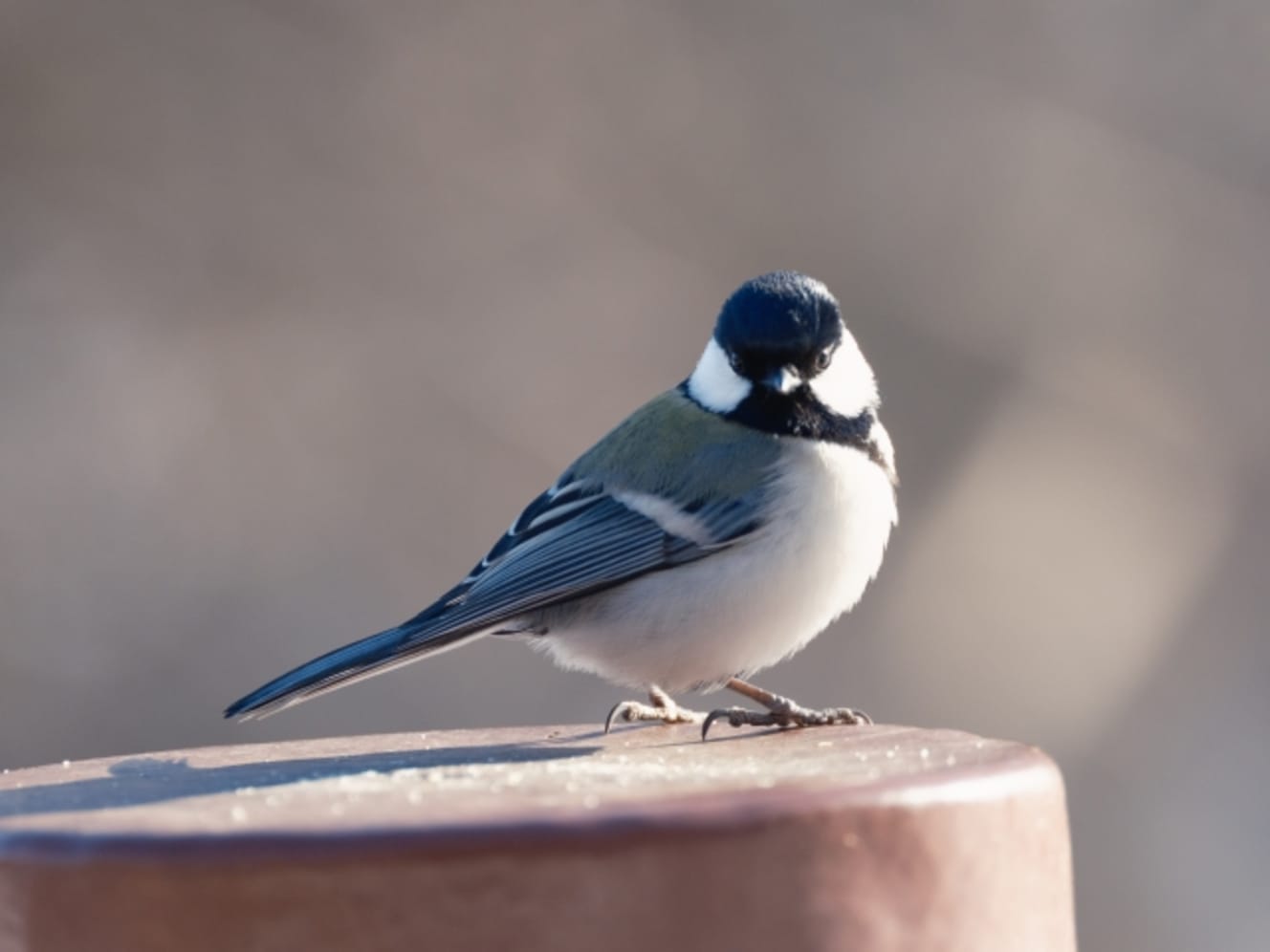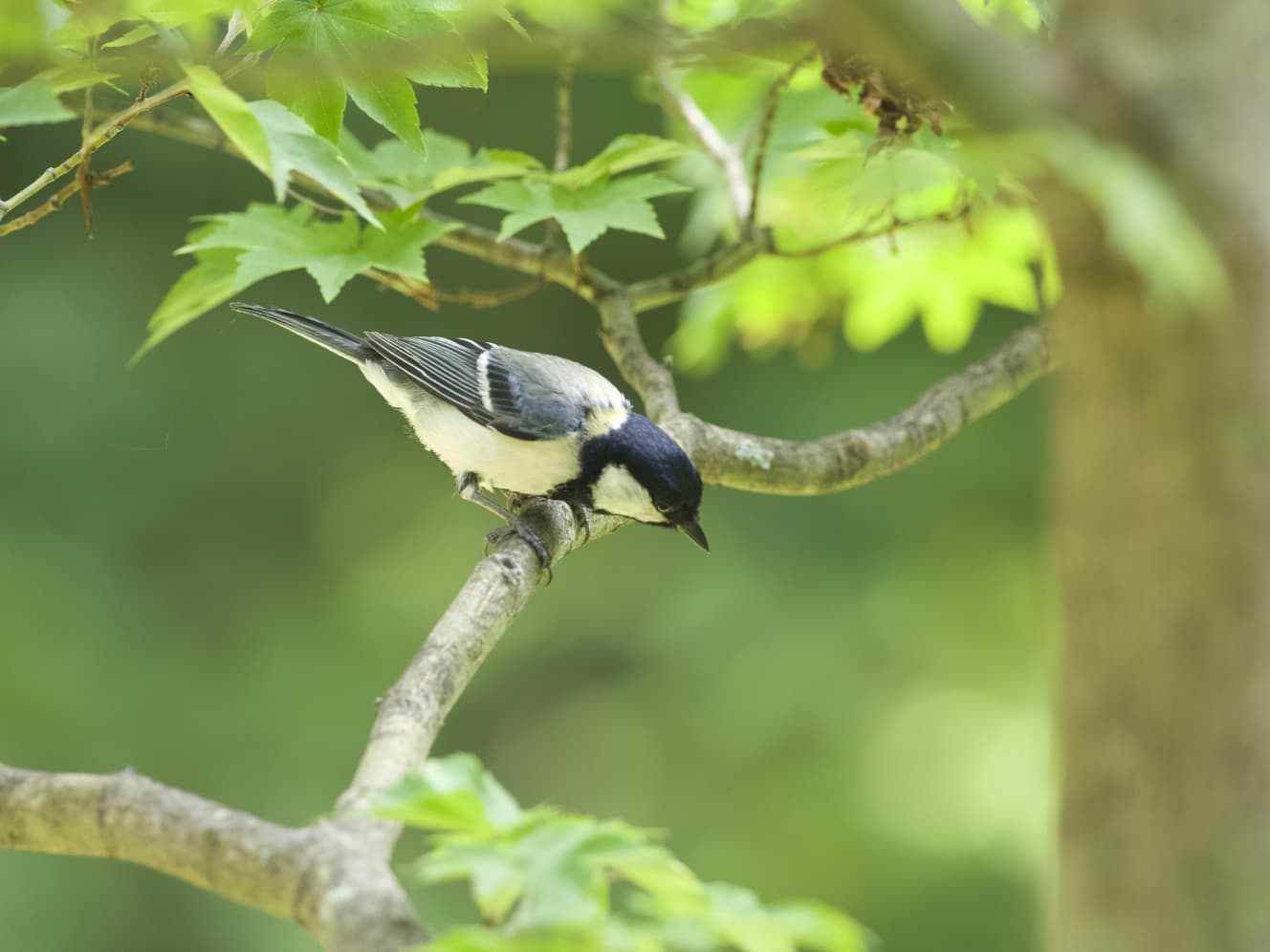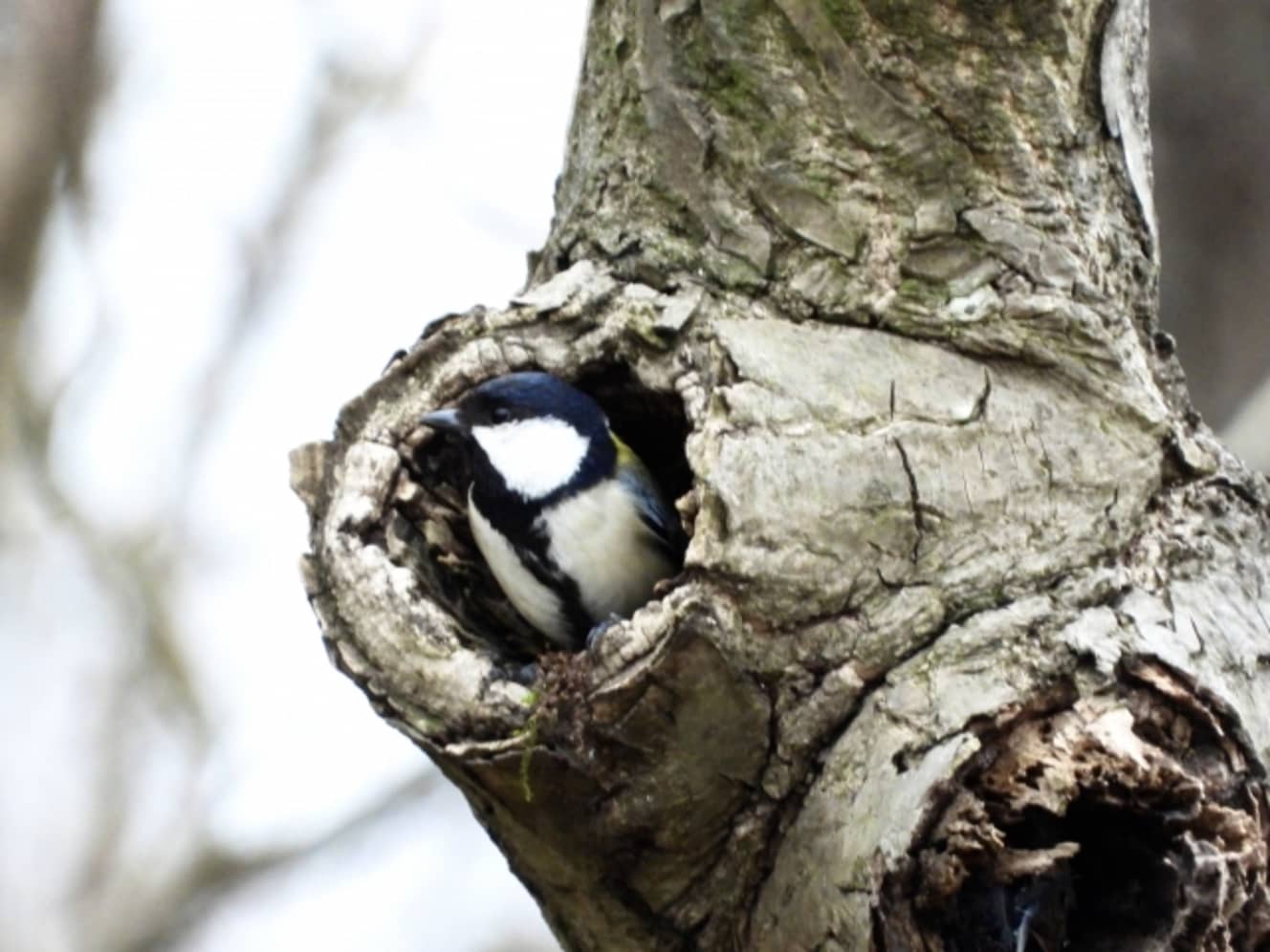Animal Linguistics”…A Conventional Knowledge from B.C. is About to be Overturned! The amazing contents of the world’s first study started by a “Doctor of Bird Language” at the University of Tokyo.
Associate Professor Toshitaka Suzuki, who discovered “that animals speak language” through his research on titmice
Many people have probably wondered if animals talk just like humans, or if they could talk to animals using Doraemon’s honyaku konjaku.
This April, the University of Tokyo launched a study that could be a major step toward this goal.
The founder of the world’s first “Animal Linguistics” as an academic discipline is Dr. Toshitaka Suzuki, a “bird language doctor” who was the first in the world to discover that wild birds speak. He served as a specific assistant professor at Kyoto University’s Hakubi Center until last year, and became an associate professor at the University of Tokyo’s Research Center for Advanced Science and Technology this fiscal year. It is an extremely rare “feat” for a single researcher to establish a new field.
He has spent the last 17 years of his life in the forests of Karuizawa, “spending six to eight months of the year in the forests from sunrise to sunset every day, watching birds,” an unimaginable life of research.

When they see a hawk, they make a “baboon” sound, and when they see a snake, they make a “jar-jar, jar-jar” sound… The titmouse uses its “language” to warn its friends of danger.
As the subject of his thesis at university, Mr. Suzuki focused on the titmouse, a species of wild bird with a complex call, and has continued his research ever since. He says that even as a master’s student, he began to think that the titmouse might have something in common with human language.
It has been a common belief that animals other than humans do not have language,” he says. For example, it has been thought that when a dog woofed or yelped, it was just an expression of feelings, such as anger or joy, to show their emotions. Human babies begin to speak words with specific meanings, such as “daddy,” “mommy,” and “boo-boo (car),” at about one year of age, and generally begin to speak two-word sentences at one and a half to two years of age. The ability of grammar to produce complex sentences in a flexible and limitless manner is another human characteristic.
In fact, since the time of Aristotle in B.C., it has been believed that only humans are special creatures with language, and that animal noises are merely emotions. And so the human vs. animal dichotomy was born.”
Suzuki’s research began when he questioned the stereotype that “only humans have language” and “only humans are special,” which had been believed by scholars around the world from ancient Greece to the present day.
The titmouse’s call conveys its meaning to its friends around it,” he said. For example, when they see a hawk, they make a “baboon” sound. When they hear this call, they look up as if they are looking for a hawk. When they hear the “jar-jar” sound they make when they see a snake, they carefully search the ground and bushes where the snake might be hiding. Moreover, they respond in the same way when I make them listen to a recorded voice.


More interestingly,
In the case of humans, too, when people are told that they have a face, an ordinary photo can look like a ghost photo, right? This is because the sound “khao” conjures up the image in our minds. Subconsciously, we look for a shape that looks like a face and mistake it for one.
The same kind of mistake was observed in the titmouse. In other words, ‘jar-jar’ had become a word that made fellow birds think of snakes.
Suzuki’s unique experiment, which combined animal behavior, cognitive science, and linguistics, proved that “baboon” is a “hawk” and “jarjar” is a word that conveys a specific meaning, “snake. This is the first time in the world that a sound is linked to a specific concept, and is unprecedented even in animals that are considered close to humans, such as chimpanzees.

Grammar” also exists! Over 200 patterns of word combinations are used in conversation.
We have also found that titmice combine their calls to form complex messages. So far, we have been able to record more than 200 patterns of combinations.
One of them is ‘peetsupi jidji jidji. The words “peetsupi” means “be alert” and “jidjiji” means “gather together,” and although they are used separately, they are also sometimes combined.
For example, when a group of shrikes are chasing away a shrike. The shrike is a carnivorous bird about 20 cm long that attacks grasshoppers, lizards, and small birds. It is a frightening natural enemy for the tit, but it can be brave enough to stand up to them with its friends. Even if a single tit can’t fight them, we can get rid of them if we gather our friends and confront them all together.
At that time, the command is “Pitsupi jidji jidji. This is a two-word sentence that says, “Gather together in vigilance.
What is even more interesting is that when they hear the command “Pietzpi jitji jitji,” they gather together in alarm, but when they hear “jitji jitji pietzpi,” they do not behave in this way. When the order of the words is reversed, the meaning is not understood.
For example, in the case of humans, a green light is a green light, but a light green would be a bright green. This is because we use rules to decipher meaning from word sequences.
In linguistics, it is called ‘syntax,’ and it has been said that it is special to human language, but it was also found in titmice. This was also the first discovery of this in the world.
Moreover, they recognize the sounds they make as one coherent sentence, not just a series of sounds, and by applying the rules of grammar, they can even understand new sentences they have never heard before. Experiments have shown that this is possible.
It took more than 10 years to prove it…
Why did Mr. Suzuki question the viewpoint that “only humans are special creatures that can speak”, which has been considered “common sense” around the world, and why did he decide to overturn it?
I have always kept more than 20 species of insects, fish, and other living creatures since I was a child, and I have always loved to observe them. No matter how much I looked at them, I never got bored. My mother thought I was too young to work at a company when I was two years old (laughs).
(laughs). Even after I entered university, I stayed in the forest and watched birds all the time. They say that the soul of a child is as old as three hundred years, but in my case, I think my love of observing animals since childhood has led me to my current position as a researcher.
When I observe animals, there are moments when I notice things that no one else is aware of. In fact, I had already noticed that titmice have words and grammar during my master’s program. However, it took me more than 10 years to prove it. It takes that long even if you work on it seriously every day.
It is quite difficult to find out the meaning of animal sounds and prove that they really are a language. There is no precedent, so you have to start with the methodology.
We have to find out in what context a certain call is uttered, how other birds react when they hear it, what is going on in their heads, and many other things. This will require approaches from linguistics and cognitive science as well as animal behavior. When animals are put in a laboratory or cage, they don’t show their usual behavior, so we want to do all the experiments in nature and study their language and thoughts, if possible. That was all a new approach, too.”
Even animals such as chimpanzees, dolphins, and crows have yet to scientifically prove their language abilities such as words and grammar. However, the incredible cleverness of these animals is widely known. That is why Dr. Suzuki established the “Laboratory of Animal Linguistics” at the University of Tokyo’s Research Center for Advanced Science and Technology, saying, “We should study language ability in a variety of animals.
The titmice and gobblers have totally different sounds, but they understand the meaning of each other’s calls and are alerted by the cry of an incoming hawk. Moreover, not only birds but also squirrels recognize them. Animals have the same ability to understand foreign languages as we do.
If that is the case, then what is the language of humans? Animals have the ability to use words, to use grammar, to imitate their parents’ speech, to learn foreign languages, and so on.

Then the dichotomy of human vs. animal is wrong, and it is more correct to interpret the human language as just another animal language. Humans have the language of humans, and titmice have the language of titmice. The human language and the tit’s language are not exactly the same, but they are each one of the animal languages and can have both similarities and differences. I think that is the correct understanding from an evolutionary point of view. It was the tits and other small birds of the forest that made me realize this.
It took me 17 years to study just one species of tit, and there are still many discoveries that have not yet been published. In fact, I would like to study a wide variety of animals, but when it comes to proper research, the number of species I can study on my own is really limited.
Where he has arrived after 17 years of research, and what he envisions for the future
What is the place you have arrived at and the future you envision after 17 years of research on the titmouse?
For example, when I hear wild birds singing, I can tell by their words that a hawk has just appeared in the sky, or that a flock is about to migrate. One of the things I want to do is to let everyone know about the world of birds that I have discovered.
Another is to advance the new academic field of animal linguistics. I would like to expand the field of research on animal language by conducting interdisciplinary research that transcends the boundaries between the humanities and sciences, such as animal behavior, cognitive science, and linguistics, while also incorporating the latest AI and other technologies.

How will the world change if we understand animals’ languages? When asked, “How would the world change if we could understand the language of animals?
First of all, it will change our view of nature. When you understand what animals are saying, you will realize the richness of their world. There are many wild birds living in the city, and they are always conversing with each other and living skillfully. I believe that becoming aware of this world will greatly change your sense of value toward nature.
I also believe that it will give us a chance to reconsider the relationship between humans and nature. There are a variety of environmental issues we are facing today, such as biodiversity loss and global warming. Of course it is important to set detailed goals, but I think it is equally important to try to understand their world through the language of familiar animals.
Because in the end, I believe it is the heart, not the rules, that moves people.”
Interview and text by: Wakako Takou